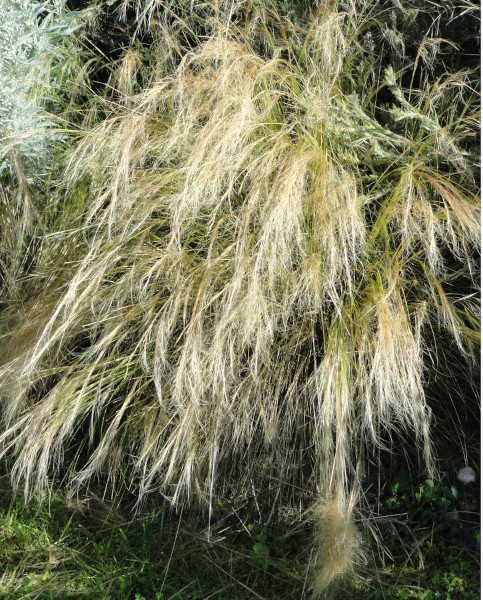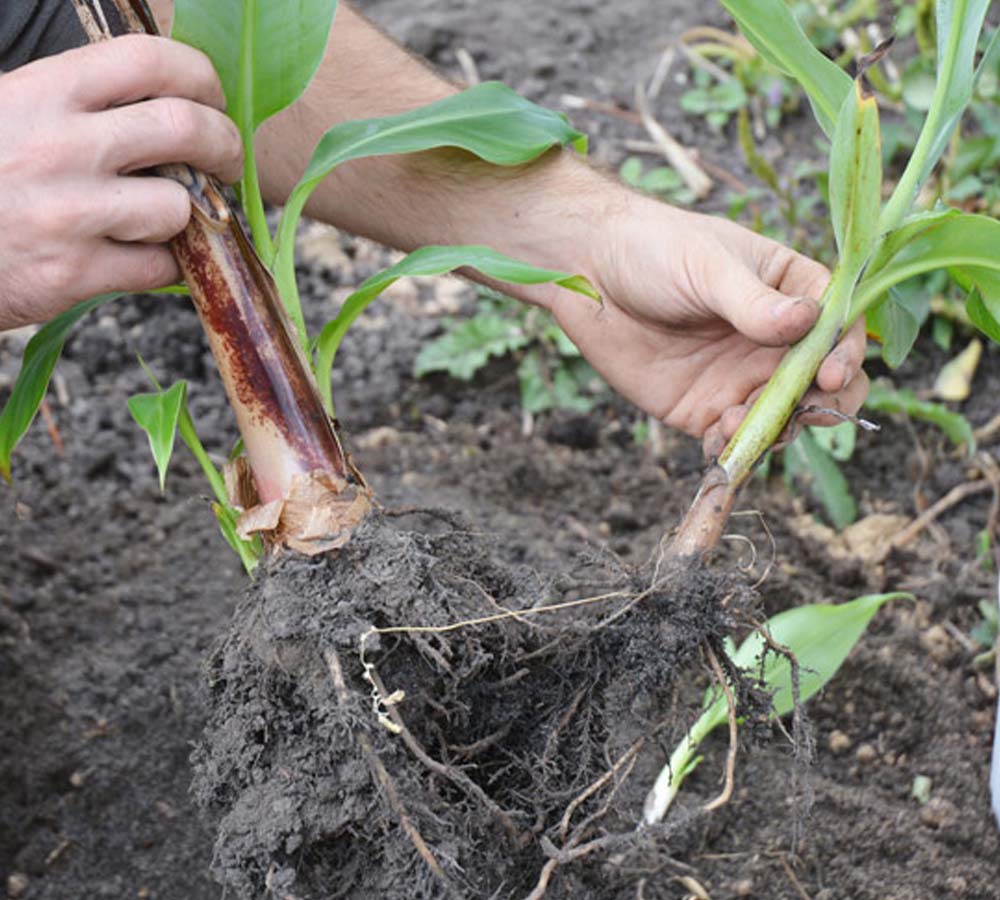How to grow Thalictrum Delavayi
Also known as Chinese Meadow Rue, Thalictrum delavayi is one of over 2,000 known species of the Ranunculaceae, or Buttercup, family.
Thalictrum delavayi’s loose sprays of pale purple flowers perched on upright stems make it an attractive choice for pollinators such as bees and butterflies. Thalictrum delavayi grows to 120cm in height and 60cm in spread - ideal for the centre or back of any garden border. It is a fully hardy perennial which will tolerate conditions as low as -15°C.
The tall, blue-green stems of Thalictrum delavayi add movement to any garden space as they sway with the breeze. As they bloom in the late summer and early autumn months, combine with plants that bloom earlier on in the year for a border with a constant pop of colour.
Ready to brighten up your garden with some purple? Read on to find out more about this sweet-smelling herbaceous perennial…
Key Information
Soil pH
Position
Hardiness


Where & when to plant Thalictrum Delavayi
Thalictrum delavayi thrives in partial sun and partial shade environments. The best place to plant is in the middle or in the back of a border with other plants that enjoy moist, well-draining soil. Thalictrum delavayi grows up to 120cm in height - so bear this in mind and ensure it is sited with only taller plants or trees behind it. Plant in the spring or summer months for optimum healthy growth!
How to plant Thalictrum Delavayi
Start by soaking bare roots in water for several hours. This will help to awaken the plant from dormancy before planting
Prepare a pot with compost, ensuring that the plant has enough space to grow. Once potted, find a spot outside with plenty of shade and shelter to give you plant the best conditions whilst it settles in
Once it is more established, put the plant into its permanent home in the soil outdoors. You will need to find a position that benefits from part sun and part shade. It would also benefit from a spot with plenty of shelter to protect it from strong winds
Water regularly to keep the soil moist. Remember that Thalictrum delavayi needs well-draining soil, so do not waterlog the plant.
What to plant with Thalictrum Delavayi
As the ideal border plant, Thalictrum delavayi works well in the middle or back of a border. Perfect neighbouring plants include ornamental grasses such as Stipa which will gently blow in the breeze alongside your Thalictrum. In front of your Thalictrum delavayi, plant other moisture-loving perennials such as the Asian bleeding-heart which thrives in moist soil and has the most exquisite heart-shaped flowers in spring and summer.



How to care for Thalictrum Delavayi
Pruning & Deadheading
While Thalictrum delavayi needs little maintenance, you may decide to prune back the flowers once they have bloomed to prevent self-seeding. Whether deadheading, pruning or checking the plant for pests, wear gloves and long sleeves to protect your skin as the plant is poisonous and can irritate.
Watering
Thalictrum delavayi thrives in moist, well-drained soil so water regularly. In dry spells or warmer conditions, do not let the soil dry out and keep it well-watered.
Cold Protection
Thalictrum dies back over the winter, so you will not have to worry about cold and frost protection. Thalictrum delavayi can handle conditions as low as -15°C so does not necessarily need winter protection; although you can encourage healthy growth in spring by adding mulch and fertiliser to the soil annually.
Pests & Diseases
Thalictrum delavayi does not have any significant issues with pests or diseases. The only thing to look out for is irregular holes in foliage and leaves or silvery trails, which may point to a slug or snail issue. Powdery mildew may also be a problem – look for small white powdery spots that spread on the leaves as this will stunt the growth of your flowers and needs immediate action.
How to propagate Thalictrum Delavayi
Propagate Thalictrum delavayi by division for the best results. Start the process in autumn - after the flowers have gone and prior to it cutting back for the winter

Take the parent plant from the soil (for as short of a period as possible!) and gently pry and untangle a section of the roots apart with a sharp knife. Do not remove more than ⅓ of the roots from the parent plant.

Grab a large enough pot for the roots to be able to grow on all sides and fill with the division plant and potting soil. At this stage, bring the pot inside to keep the plant itself dry and sheltered from the elements while establishing. Thalictrum delavayi enjoys moist, well-drained soil, so be sure to water at least twice a week

Once your roots have established and are showing signs of growth, they will be ready for transplanting outdoors. Remember to find a spot in your border that benefits from partial sun and shade as well as well-draining soil.
Common Thalictrum Delavayi Questions
Is Thalictrum delavayi hardy?
Yes, Thalictrum delavayi is a fully hardy perennial. This means it will withstand cold and frosty temperatures as low as -15°C and will grow back each year.
Is Thalictrum delavayi invasive?
Thalictrum delavayi is able to self-seed, but it does not self-seed aggressively. Generally, the seeds from Thalictrum do not become invasive and are mostly trouble-free. However, you can prevent this entirely by deadheading seed heads once the flowers have finished growing.
How do you grow Thalictrum delavayi?
You can grow Thalictrum delavayi from seed or bare roots. Thalictrum delavayi enjoys a position in the garden with partial sun and partial shade. It also needs moist, well-draining soil, so plant in a border with other perennials that enjoy the same conditions.




